Water, the life-giving liquid that constitutes over two-thirds of our planet, is never out of the news. From one week to the next it commands column inches, widely being discussed and debated throughout the world.
At Water for Health we’re not averse to blethering about water ourselves, though we generally limit ourselves to talking about drinking water, which we firmly believe should be alkaline.
We’ll get to why alkaline water has gained traction in recent years shortly. But for now, we thought it would be interesting and informative to look at why water’s been in the news over the past week. It’s a roundup that encompasses deep water, the pitted plains of Mars and the status of H20 in the International Space Station. Hardly a slow news week!
Frozen Water on Mars
We learned from radar analysis this week that the Red Planet is hiding a secret. Nope, it’s not extraterrestrial life (sorry to disappoint) but a massive reserve of subterranean water.
The discovery was made by NASA’s Mars Reconnaissance Orbiter, whose ground-penetrating Shallow Radar instrument chanced upon the deposits of frozen water in the Utopia Planitia region. Ranging in thickness from 260 feet to 560 feet, the deposit was 50-75% water ice, mixed with large rocky particles and dust. Intriguingly, the discovery is said to have advanced understanding about the history of the planet and identified a possible resource for future use.
While Martian water is nothing new, the newly-found reserves represent an area more extensive than the state of New Mexico. And who knows, it might come in handy if and when we make moves to colonise the planet. ‘This deposit is probably more accessible than most water ice on Mars because it’s at a relatively low latitude and lies in a flat, smooth area where landing a spacecraft would be easier than at some of the other areas with buried life,’ noted paper co-author Jack Holt, research professor at the University of Texas.
Cleaner Water for Astronauts
Staying in outer space, and the European Space Agency (ESA) has asserted its commitment to improving the International Space Station’s water-testing methods.
If you’ve ever wondered how crew aboard the ISS quench their thirst, then you’ll be interested (or nauseated) to know that 80% of their water is recycled from urine, sweat and other sources. Recycling, of course, enables a self-sufficient space station and is necessary for deep space missions.
The ESA’s new Aquapad experiment aims to overhaul the current system. Developed by France’s CNES space agency and the diagnostic company bioMérieux, the device works ingeniously to calculate the amount of bacteria present in the space station’s water supply. It does this by adding water to paper impregnated with powdered growth medium and then photographing and analysing the microbes.
Although Aquapad was created for space, it has been suggested that the technology behind it could prove useful back here on Earth – particularly for testing contaminated water in disaster areas.
An Ocean of Water Beneath Earth’s Crust
At around the same time frozen water was being unearthed – pardon the pun – on Mars, scientists learned that the mineral brucite could store and transport water at far greater depths than first thought.
It’s long been known that water exists in Earth’s interior, but how much exactly? There’s no firm consensus, though the answer might be closer than we realised. Researchers from both the University of Edinburgh and Florida State University have carried out quantum calculations and determined that a phase of brucite – a hydrous mineral not thought to be stable enough to retain water so deep underground – could in fact remain stable at such high pressures. Now scientists are attempting to use the information to calculate the quantity of water within the planet.
Researchers from the University of Alberta have previously suggested the locked-up H20 could account for around 1.5% of the weight of Earth. You might be wondering why it’s so important for us to know how much water is beneath the surface, but in fact subterranean water is crucial to sustaining geodynamic activity, affecting plate tectonics and offering insights into how planets, including our own, might die.
Why Drink Alkaline Water?
Alkaline water hasn’t been in the news this week, but it’s received plenty of airtime in the last few years. The rising popularity of alkaline diets is a mark of the understanding that pH levels have a significant effect on our health.
The pH scale ranges from 0 to 14 and records the acidity or alkalinity of a solution: fluids over seven are classed as alkaline while fluids under seven are deemed acidic. Alkaline water has a higher pH level than normal water, helping to increase the alkalinity of our blood. There’s a good reason why so many people are extolling the merits of alkaline water.
Consuming water with a healthier pH level neutralises acid in the body, fights cell death, inflammation and bacteria, and may also assuage digestive disorders associated with poor diet.
If you’re wondering how to make water alkaline, don’t worry – there are plenty of ways to turn regular water into purifying alkaline water. One is by using a water filter and another is to use an Alkalising Teabag.
Will water be in the news next week? Probably – and the week after that, too. If an item catches our interest, we might even talk about it. Check back on our blog soon for more water-centric news, or stick around and browse the many water- and non-water-related supplements we have on offer.






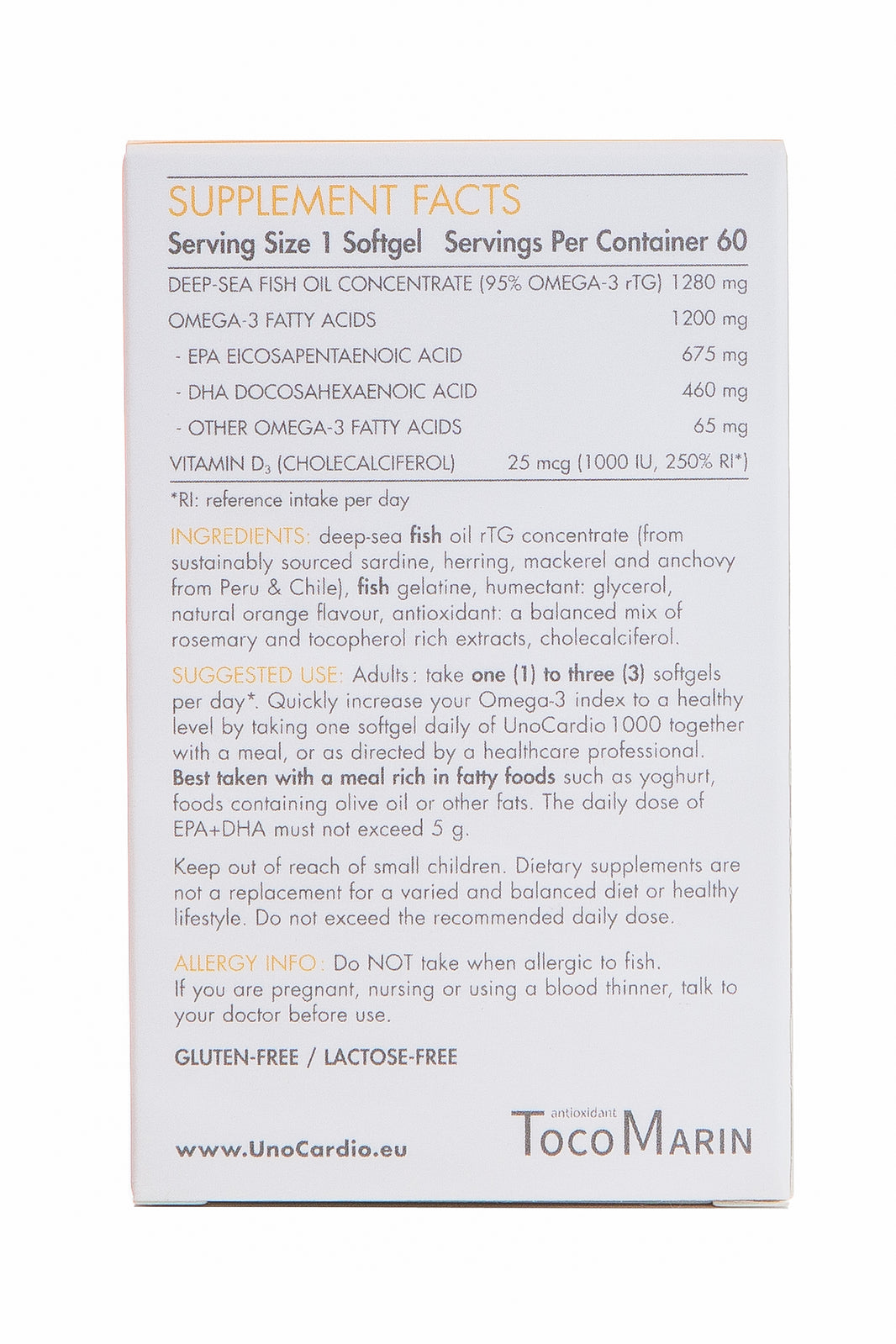



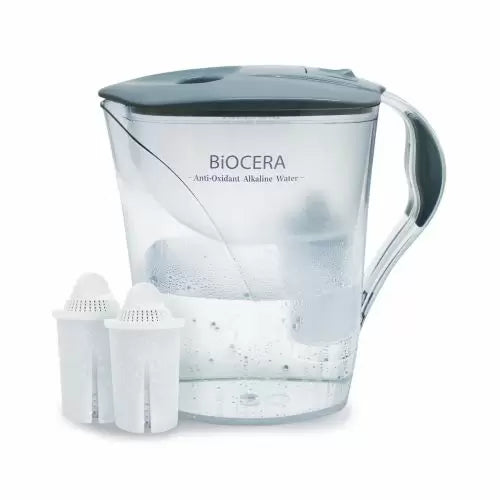



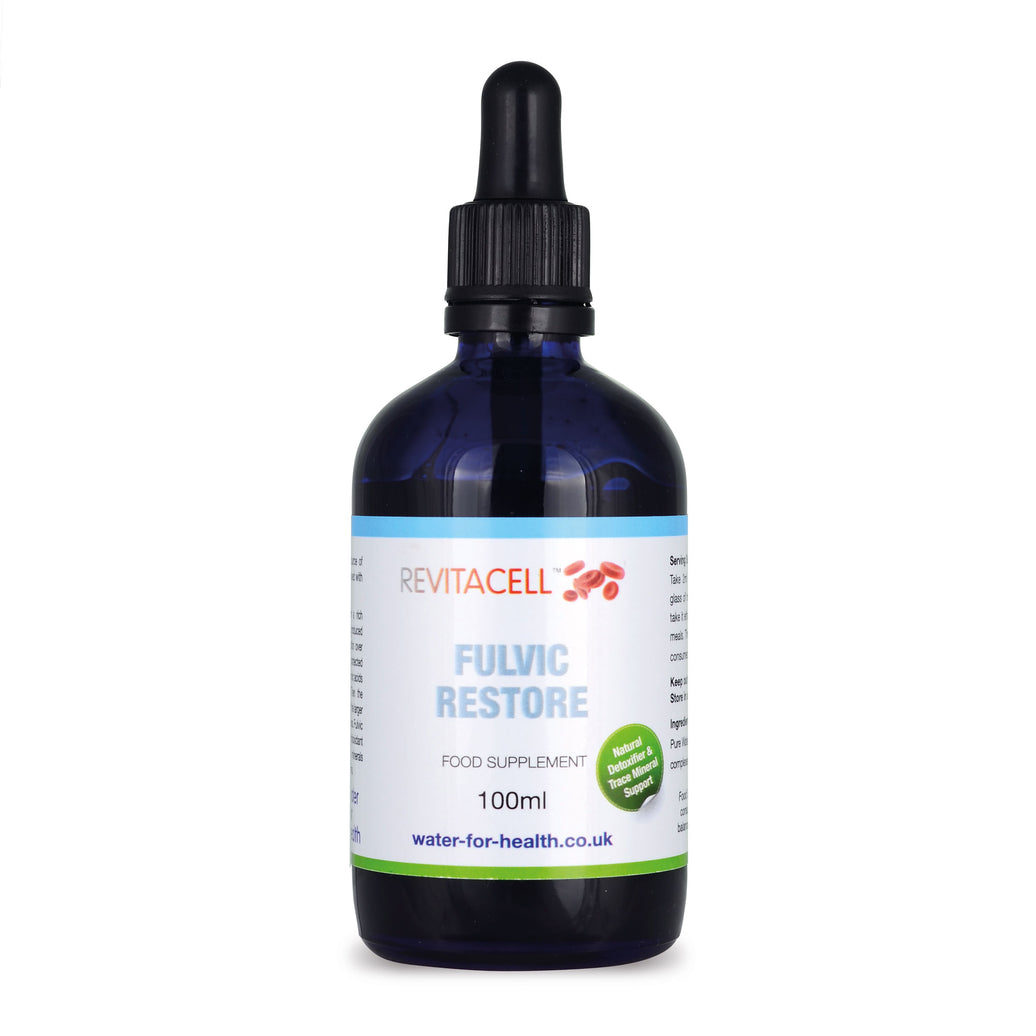


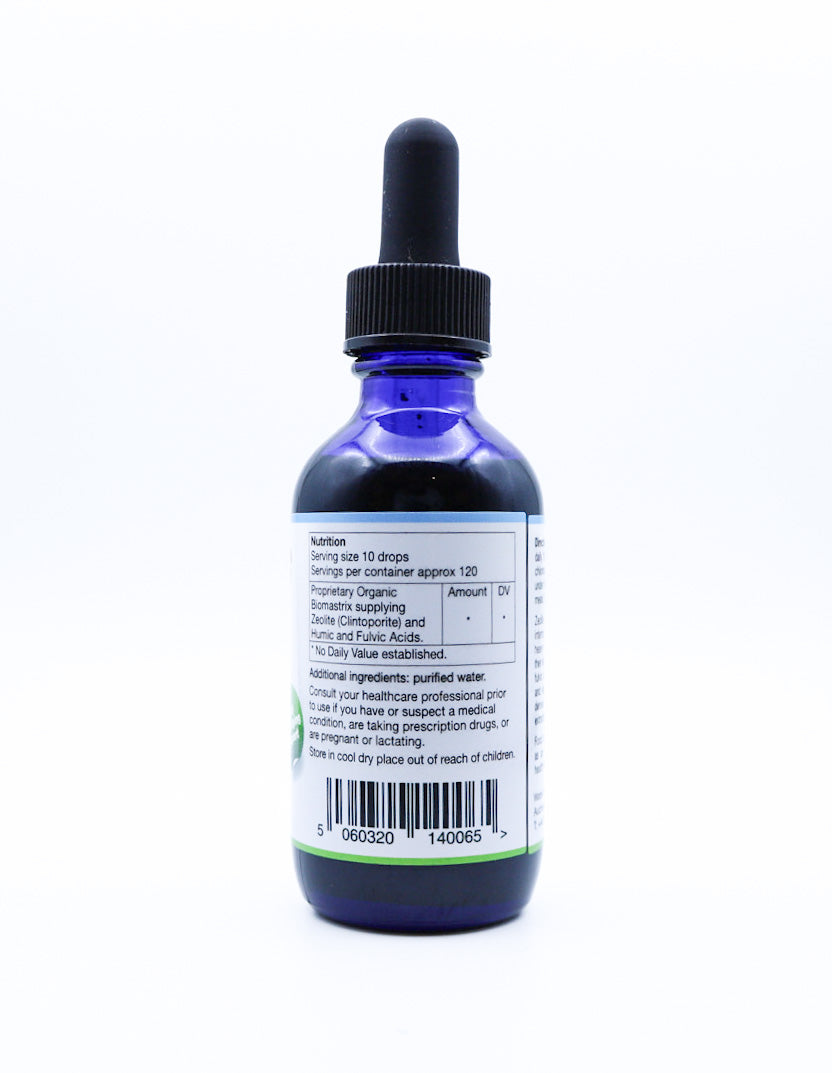

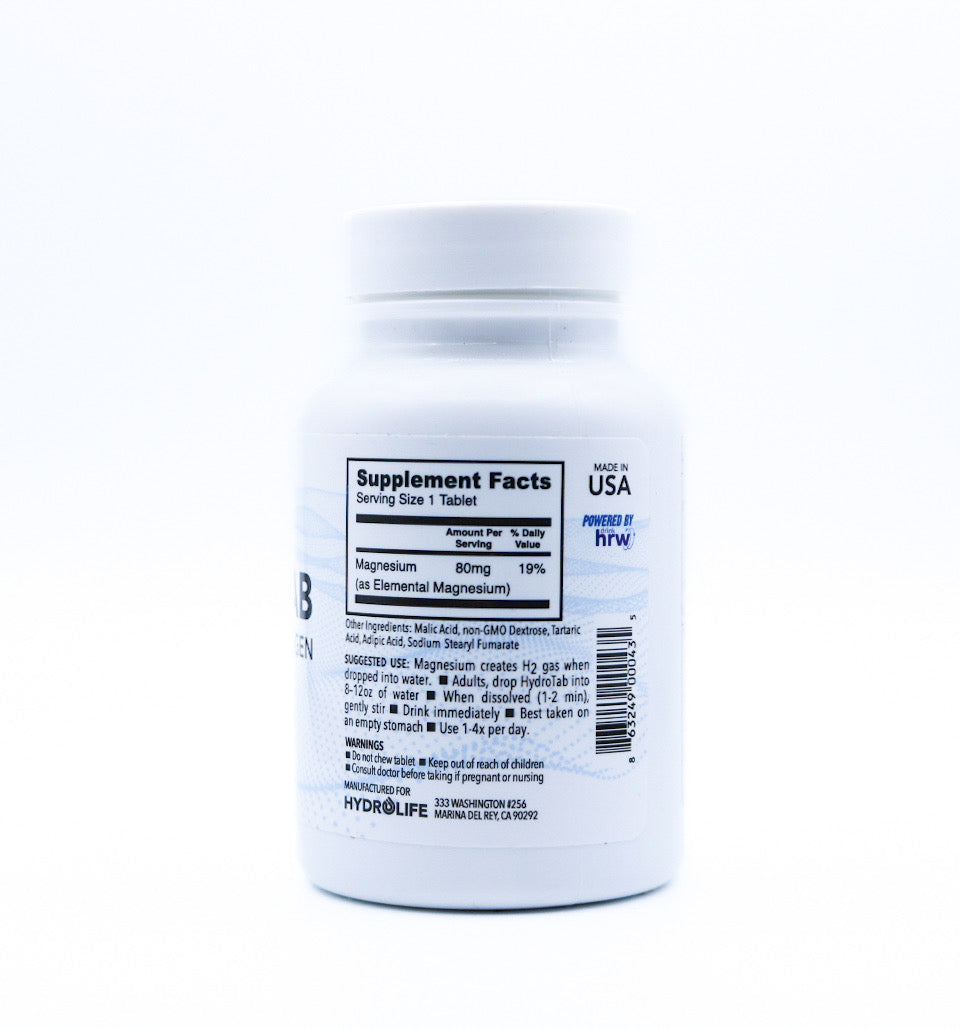








Leave a comment